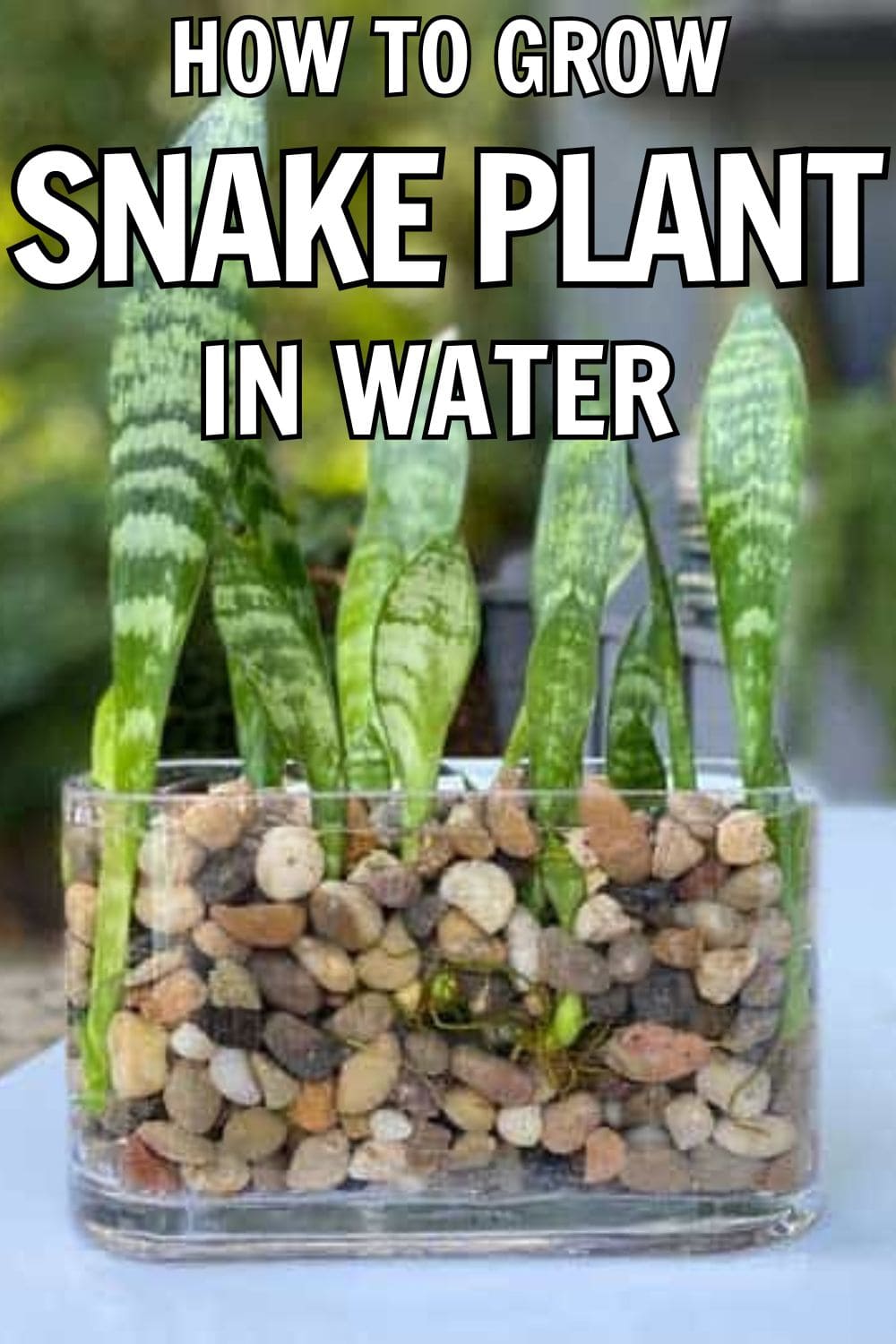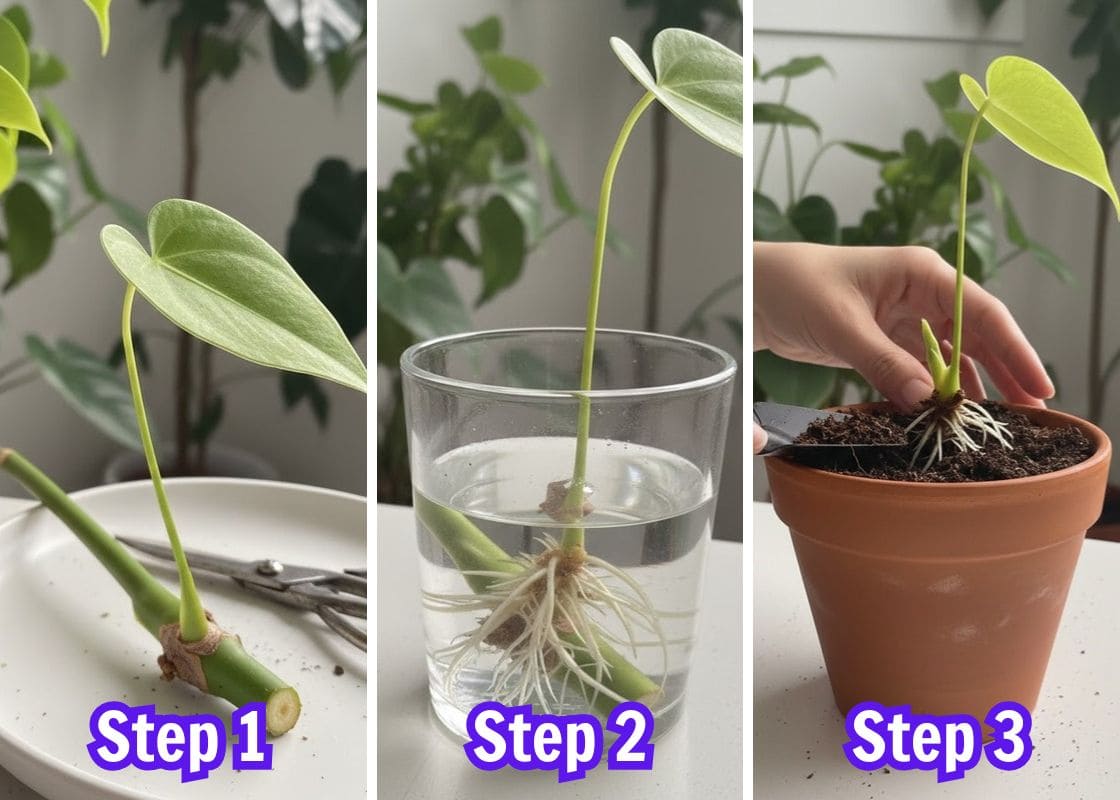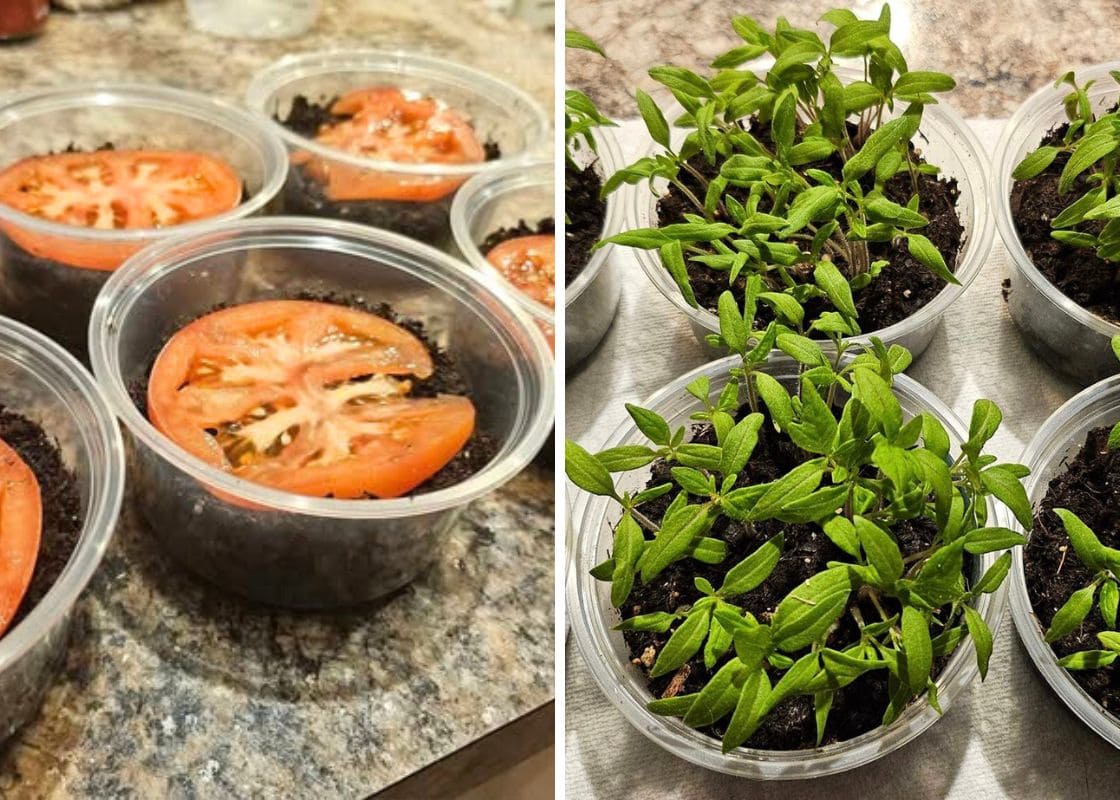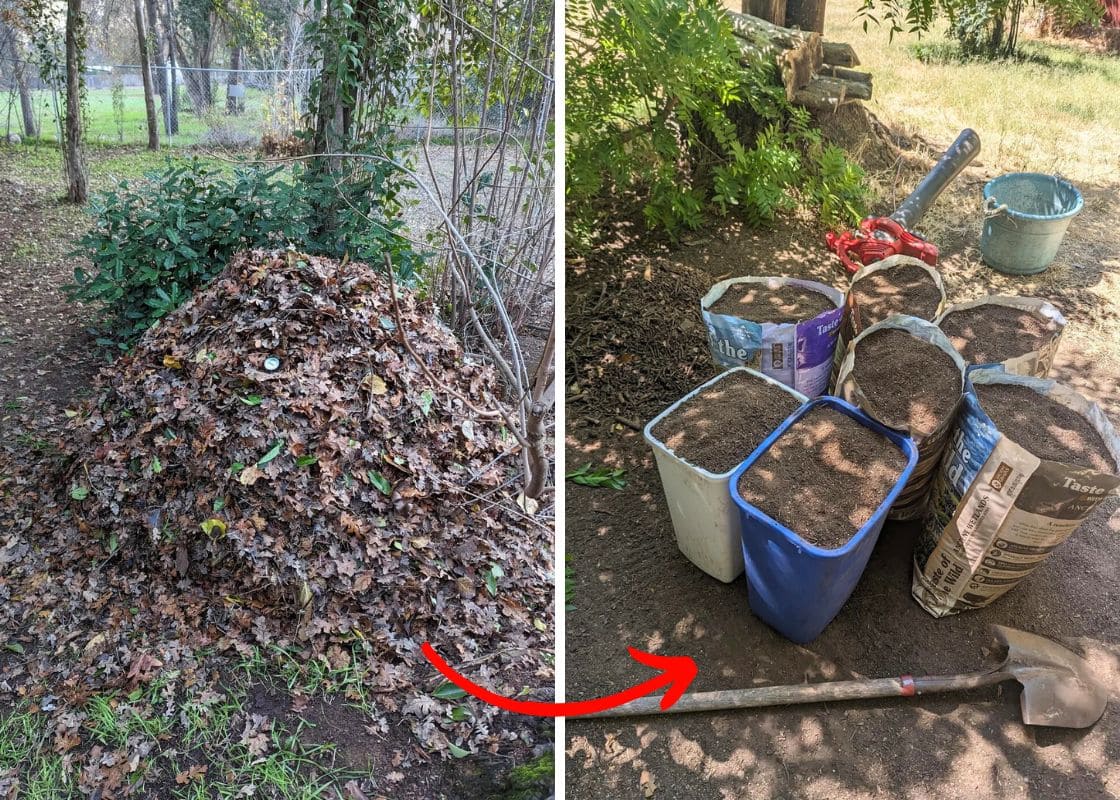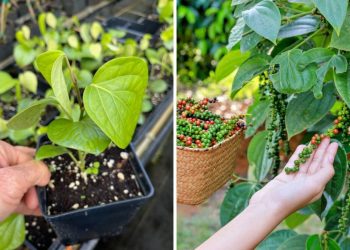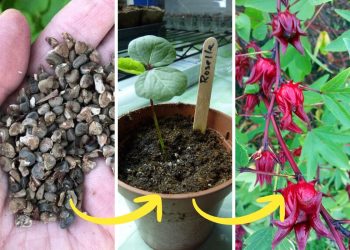If there’s one plant I always recommend to friends, especially the I forget to water kind, it’s the snake plant. In fact, some of the healthiest snake plants I’ve grown lately are lounging in nothing but filtered water and a handful of smooth river rocks.
I started growing mine this way after a friend gave me a jar setup she called her clean plant experiment. No gnats, no dirt on the windowsill, just bright green leaves rising from a vase.
It looked so stylish I thought, surely it’s just for show. But no, these plants thrive in water, and they grow roots that are surprisingly strong and healthy. Add a few decorative rocks and it suddenly feels like a mini indoor spa for your favorite plant.
Why Grow Snake Plants in Water?
At first, it feels a little counterintuitive, putting a drought-tolerant, desert-loving plant like a snake plant into water.
But once you try it, it just makes sense. Snake plants are incredibly resilient and adaptable. When their base is kept just barely touching clean water, they respond by sending out roots. You don’t need to worry about overwatering because the key here is control.
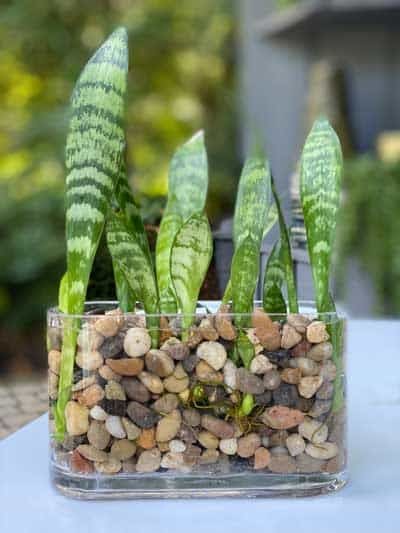
In addition, this way makes your plants tidy due to no messy potting mix, no bugs flying around, no risk of compacted soil choking the roots. Instead, you get this calming, minimalistic setup.
And honestly, for beginners or forgetful waterers, it’s one of the easiest and most rewarding ways to grow a plant indoors.
What You’ll Need
- A healthy leaf cutting or young pup from a mature snake plant
- Sharp, clean scissors
- A clear jar or vase
- Decorative stones
- Filtered, rain, or distilled water
Make sure the rocks are scrubbed and rinsed. Besides, the water should be free of chlorine or heavy minerals, especially at the beginning when roots are just forming.
Step-by-Step: Growing Your Snake Plant in Water
Step 1: Select Your Cutting
You choose a healthy, green leaf or a pup with its own root nub. Avoid any signs of rot or softness.
If cutting a leaf, slice at an angle and let the base air-dry for 24-48 hours. This allows it to callous over and prevents rotting in water.
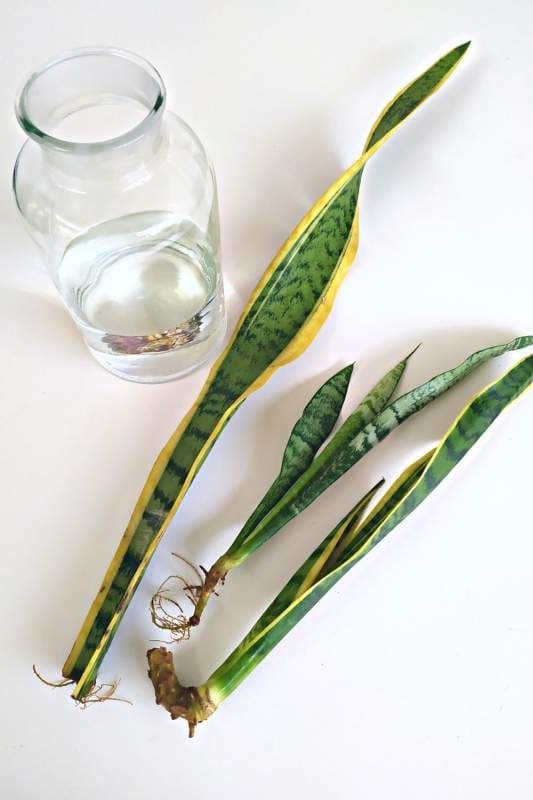
Step 2: Set Up Your Jar
Place your clean stones or pebbles in the bottom of the glass jar. They’ll serve both as support and as a way to anchor the plant upright.
Step 3: Add Water
Pour in just enough water to touch the base of the cutting or the roots of your pup. You don’t want the leaf itself submerged, just the very bottom to prevent mushy rot and encourage healthy root development.
Step 4: Insert the Cutting
Nestle the base into the rocks so it stands upright. If your cutting keeps leaning, add more stones or switch to a narrower jar. That upright posture really helps prevent rotting where the leaf meets the water.
Step 5: Place in a Bright Spot
Now, you put the jar in a spot with bright, indirect sunlight. Too much sun can lead to algae in the water, while too little will slow root growth.
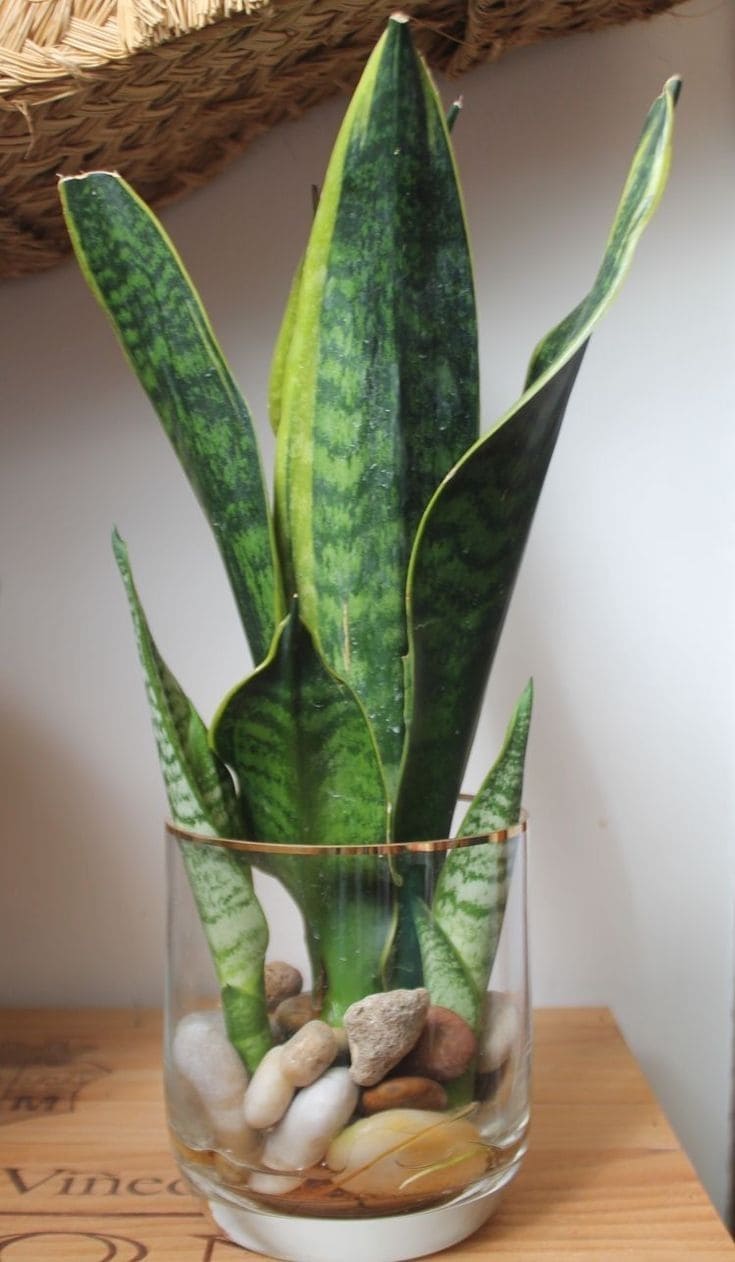
Step 6: Maintain and Refresh
You should change the water every 7-10 days, topping off with fresh, clean water. If you see algae on the glass or rocks, give everything a rinse.
Once roots appear (usually after 3-6 weeks), you can keep it in the water long-term or transfer it to soil if preferred.
Helpful Tips and Real-Life Lessons
When I first started growing snake plants in water, I wasn’t expecting much. I figured it was a fun experiment, but I assumed they’d eventually wilt or give up.
Turns out, I was completely wrong. One of my leaf cuttings sat in a sunny bathroom for nearly two years, growing long roots and even sprouting a baby offshoot without ever touching a speck of soil.
Clean water and consistency are the ley to success. You’ll want to refresh the water every week or so, especially in the early stages.
If the water turns cloudy or starts to smell off, don’t wait, rinse the jar and rocks and refill with filtered water. Snake plants may be tough, but stagnant water will still do them in.
Fertilizing isn’t necessary for the first few months, and if you do feed them later, go very lightly. A tiny drop of liquid houseplant fertilizer every few weeks is enough. Overdoing it can actually damage the new roots.
Also, be prepared to wait. It’s not a fast-growing method. You may stare at that jar for weeks before seeing any action but when roots finally emerge, it’s a thrill every time.
And here’s a pro tip, if you ever see algae building up on the glass or around the rocks, switch to a darker container or move it a little farther from direct sun. Snake plants love light, but their water setup doesn’t.
